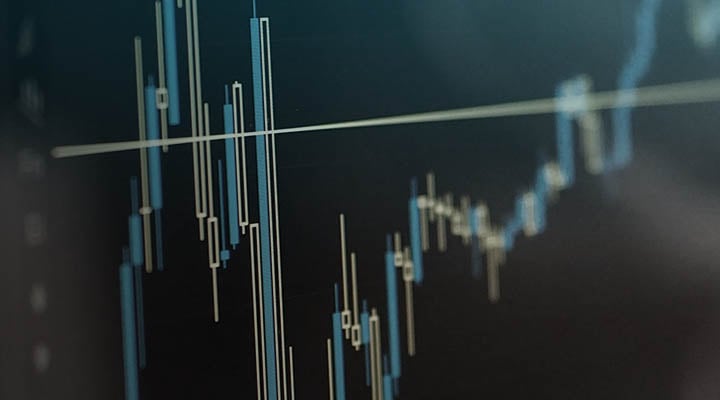I recently had the pleasure of attending the TradingTech Insights briefing by the AGroup. While Covid was still clearly impacting attendance, they put together a great series of panels from some of the leading minds in trading. I was lucky enough to be there with one of our most seasoned, low-latency trading platforms and matching engine stalwarts, Andrew Addison (A.K.A, our Chief Architect).
The event covered a wide range of topics. In this post, I cover my top four takeaways:
Cloud Is Not Ready for Low Latency Trading
The uniform perception of panelists is that the cloud isn’t ready yet for the most demanding parts of trading (e.g. matching engines operating in the nanosecond range), but it is growing in suitability for most of the other parts of the ecosystem. There also was substantial disagreement on how cloud providers can overcome the dual challenges of distance-imposed physics and competitive data feeds.
Cloud/Datacenter Alliances
It was noted that some cloud providers are starting to partner with the same low-latency data centers used by exchanges. The panelists expressed that cloud providers still need to mature their kit, specialized tuning, and key components like dedicated GPS-synced clocks.
Purpose Dedicated Cloud Offerings
In several conversations with attendees from large capital markets firms, we discussed how cloud providers could benefit from setting up dedicated FinServ clouds, like the DoD network, which process all proper audits and certifications to pass regulatory review and risk management requirements. Packaged as a service, this would be pretty palatable and a significant differentiator.
The Long-Term Prospects of the Cloud Are Good
With market volatility expected to increase, the accompanying surges and peak loads are becoming more and more expensive to carry in spare capacity. This, combined with increased pressure to reduce recovery times, plays well to the strengths of the cloud. With the exponential costs of moving to T1 and eventually T0 settlements looming, the path to the cloud becomes even more compelling. The agility the cloud offers when contemplating the integrations required to sustain the rise of multi-asset trading is also attractive.
In Conclusion
For now, it is safe to say that trading venues will continue a dual path of marginal improvements to their propriety kits in low-latency data centers, while beginning the slow migration of non-latency sensitive components, like post-trade activities or storage of large data sets to train AI-based trading algorithims, into the cloud.
Of course, there is no simple solution here. Even when a capital markets firm focuses all its energy on expertise within a particular cloud stack, it is still left trying to solve challenges like cloud interoperability. Even trickier, capital markets firms need to develop realistic and achievable exit strategies should it become necessary to leave a particular provider or even return to a private cloud.
None of this will be solved in the next twelve months. Still, there is some interesting work being done in areas like cloud multicasting, virtual switching, and making low latency trading in the cloud a reality.
Our research shows that on a technical level, the cloud can support the trading requirements of many asset classes today. However, the daunting challenge is moving to a business model that enhances trade flow while not negatively impacting key participant revenue streams.
If you would like to discuss our low latency trading in the cloud research or share your thoughts on transforming business models for the cloud, please contact us. We are always open for a friendly cup of coffee.
Published
April 29, 2024Reading time
2 minutesRelated posts





